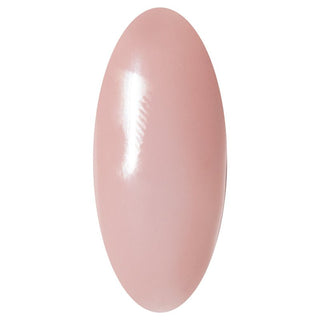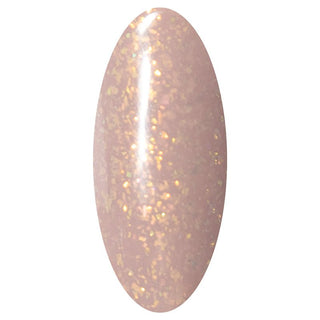Nail fungus, also known as fungal nails, is a common problem that many people suffer from. It is an annoying condition that can lead to thickening, discoloration and brittleness of the nail plate. Nail fungus is not only unattractive to look at, but can also be painful and emit an unpleasant odor. In this blog you can read all about nail fungus and how you can treat this annoying condition.
What are nail fungus?
Nail fungus is caused by an infection with a fungus, also known as a dermatophyte. This fungus can spread through small cracks in the skin or nail and penetrate the nail plate. Once inside, the fungus begins to feed on the keratin in the nail plate, causing the nail plate to thicken, discolour and become brittle. Nail fungus is common in people who spend a lot of time in damp areas, such as swimming pools, showers and changing rooms. People with a weakened immune system, diabetes or poor blood circulation are also more likely to develop nail fungus.
Symptoms of nail fungus
Nail fungus can be recognized by various symptoms, such as:
- Thickening of the nail plate
- Discoloration of the nail plate (often yellow or brown)
- Brittle, sometimes crumbling nail plate
- Changes in the shape of the nail plate
- Pain or discomfort when wearing shoes
Treatment of nail fungus
There are several ways to treat nail fungus, such as antifungal creams, gels or varnishes. These products can help kill the fungus and restore the nail plate. It is important to continue the treatment until the nail plate is healthy again. In addition, it is important to take good care of the nails and cut them regularly. It is also advisable to take hygiene measures, such as wearing slippers in public areas and washing hands and feet regularly.
It is not recommended to use gel polish on an infected nail fungus, as this can worsen the infection and spread it to other nails. It is therefore important to let the nails breathe and use as few chemicals as possible until the infection has completely healed. I therefore recommend avoiding gel polish until the nail fungus has completely healed.
In some cases, it may be necessary to have the nail fungus treated by a medical specialist, such as a dermatologist or podiatrist. They can thin the nail plate and treat the infection with medications that are administered through the bloodstream.
Preventing nail fungus
To prevent nail fungus, it is important to take good hygiene measures, such as wearing slippers in public places and washing hands and feet regularly. In addition, it is important to wear shoes that fit well and are made of breathable material. It is also advisable to trim and care for your nails regularly and never wear nail polish or artificial nails on infected nails, as this can worsen the infection. If you notice that you have a nail fungus, it is important to take action as soon as possible to prevent further spread.
In short, nail fungus is an annoying condition that affects many people. Fortunately, there are several treatments available that can help kill the fungus and restore the nail plate. However, it is important to take good hygiene measures to prevent further infection. If you notice that you have a nail fungus, do not hesitate to take action and consult a medical specialist if necessary.
Hopefully, by reading this blog, you have gained more insight into nail fungus and how to treat and prevent this annoying condition. Take good care of yourself and your nails. Wait to be used with gel polish until the nail fungus has grown out.






